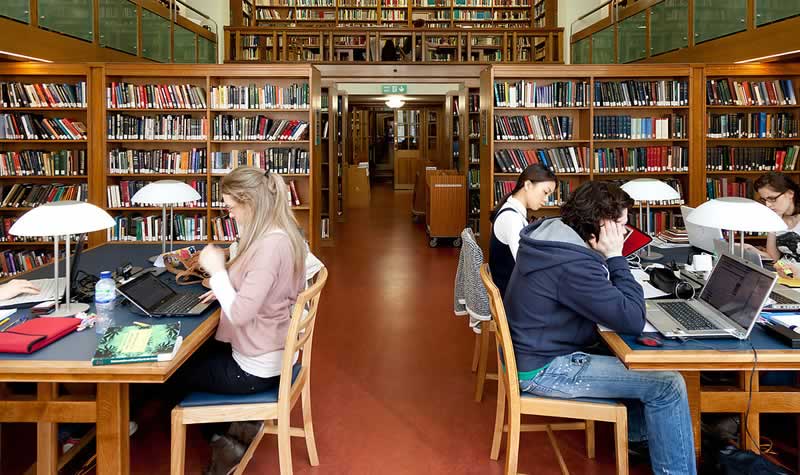Proxemics: You're in My Space
Proxemics in Design
Proxemics is all about the way that people interact with each other in a space. Designers use proxemics to distance people in spaces, depending on whether or not the space is meant to be social or not. This can be found in just about any public space that you can think of. There are three different types of proxemic spaces: fixed-feature spaces, semi fixed-feature spaces, and informal spaces. As you use these public spaces, you may be able to pick out which type of space it is in relation to proxemics.
Fixed-feature Space
 |
| Source |
Semi Fixed-Space
 |
| Sketch by Me |
The next type of space has to do with the way the furniture is arranged in said space to affect the end use. Semi fixed-space pertains to movable objects in a space and the way that they are laid out; the furniture can be laid out to encourage sociofugal or sociopetal space. As for this type of space, I notice this in public places such as hospitals, doctors offices, restaurants, and other businesses. The way that the furniture is laid out and directed is determined by its end use and if it's more of a social environment or a private within a public space. I work at a movie theater quite often, so I have plenty of time to notice the way that people use that space based on the layout of the furniture and equipment. When they walk in they usually would buy their tickets at the concessions stand. For the most part, unless you encounter those few people that like to make things difficult, the customers will stop talking to the people that they cam in with or at least talk a little quieter. That is because they are in a business setting very close to the employees but even closer to the next register where the next person is giving out their reward account information. The proximity of the registers and the people using them affects the way tat people interact to each other while they are using them. Then they get their drinks and popcorn and head over to the drink machines. There are two drink machines that are fairly close to each other, so I notice the same type of behavior but less intense. In between their trip from the register to the drink machines and popcorn butter, the customers walk through the lobby and tend to stop and sit at the chairs and tables which are sociopetal in some parts and sociofugal in the others. When it gets to the actual theaters is when I notice the way people interact with each other based on their environment. The seats are all very close to each other and all face forward. This type of arrangement inhibits communication other than the very seldom quiet whisper. Often times, there are those that want to talk during the movie, and the other movie watchers get very frustrated in this event because they understand that this is just not allowed.
Informal Space
 |
| Picture taken by me |
Conclusion
The way a space is designed affects the way that people interact with each other. The three different types of space when it comes to proxemics can all be found in the same building; it all depends on the way the space is intended to be used. proximity is very important to the functionality of a space.
E. T. Hall – Proxemics (Understanding Personal Space). (2017, June 08). Retrieved from https://laofutze.wordpress.com/2014/01/03/e-t-hall-proxemics-understanding-personal-space/
Nussbaumer, L. L. (2018). Human factors in the built environment. New York, NY: Fairchild Books, An imprint of Bloomsbury Publishing.
I absolutely love your definition of proximity; it made me understand the concept a lot better, which I really appreciate. Continually, your explanations of the different types of spaces and the personal examples you associated with each one were great and provided easier understanding. Thank you!
ReplyDelete